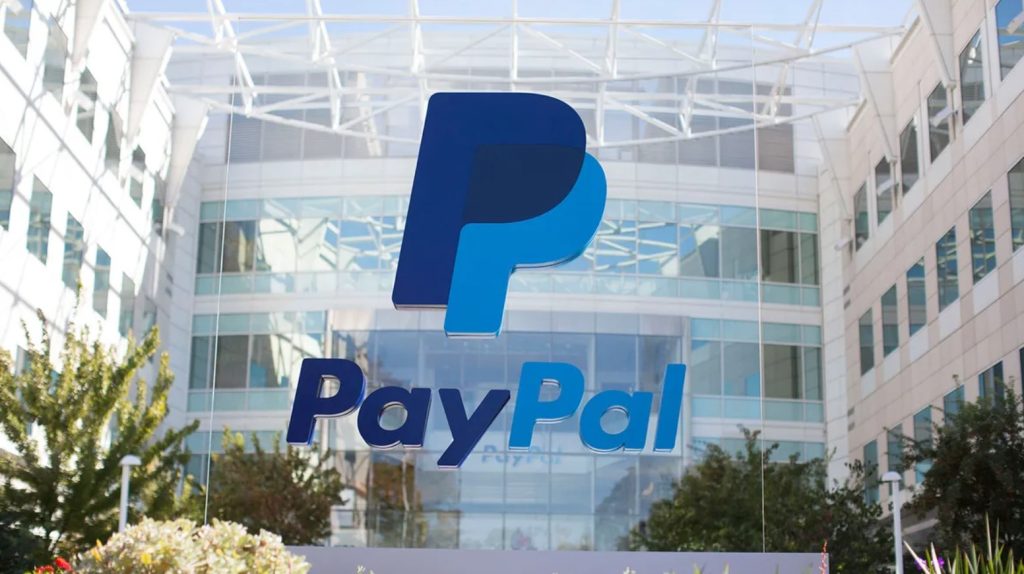
The remarkable increase in adoption of cryptocurrencies over the last two years has laid the foundation for one of crypto’s loftiest promises.
The possibility of modernizing our existing payment system, upgrading traditional rails toward faster speed, lower cost, heightened security and reliability and increased access for everyone. We are just now approaching the combination of a technology reaching its potential, a user base on the cusp of mainstream adoption and encouraging steps toward clearer regulation.
Now this opportunity can be expanded to retail payments for the benefit of millions of consumers and merchants worldwide.
The anatomy of payments
For this adoption to happen, it is necessary to acknowledge that a payment is more than just a transaction. It involves more than the streamlined transfer of value from one wallet to another. It includes processes sometimes taken for granted, like managing transaction disputes and reconciliations, detecting fraud, preventing illegal activity, processing chargebacks and bank reversals, integrating with accounting systems and handling taxes and financial reporting.
This complexity must be simplified for consumers and merchants if we want to make crypto payments available to the next billion users. Consumers and businesses alike demand to feel comfortable when they use an instrument to transact. They require straightforward interfaces, familiar models, feedback mechanisms and analogies with the instruments they know.
The path to global crypto payments
To enable the wide adoption of crypto payments, the goal is to create a user experience that feels similar to the solutions they know today but is augmented to deploy the unique advantages that blockchains offer in terms of speed, cost, security, privacy, programmability, and resilience. Delivering such an experience requires progress on several areas involving the combined efforts of developers, designers, policymakers and regulators, and payment providers.
First, the underlying decentralized infrastructure is better served by open protocols designed, improved and maintained by the developer community. Despite its fast growth in relative terms, the total number of developers working in decentralized protocols is still a small percentage of all software engineers. Recruiting new developers to the community, fostering the growth of vibrant ecosystems and providing an environment where existing and new protocols can be improved and battle tested is a prerequisite for any scenario of success.
Second, the wide adoption of payment applications requires stable instruments of exchange, such as stablecoins and central bank digital currencies (CBDC), that are appropriately regulated, secure, reliable, optimized for payments and provide choice for consumers and merchants.
The payment layer must also provide auditable transaction mechanisms that maintain the privacy of merchants and consumers while preventing illegal activity in the network. There is a need for identity attestations that are compatible with a decentralized environment and provide adequate proofs on-chain. Continued improvements in network and transaction monitoring and anti-money laundering measures are required, both in terms of technology platforms and uniform data sharing mechanisms. And, finally, custody mechanisms must continue to evolve at the speed of the industry and provide secure storage and utility for an increasingly diverse set of assets.
Friction in user journeys is a major deterrent for adoption. Breaking out from a core audience of sophisticated users into the mainstream requires a radical redesign of the experience for fiat on-ramps into Web 3 applications. The complexity of calculating gas fees, opening wallets, remembering passphrases, waiting for tokens to top up and managing self-custody of assets is a significant barrier to entry for non-experts. Combining the safety and security required with a simple, easy-to-use interface will be a defining factor of success for crypto payment wallets.
Finally, we need a regulatory environment with clear requirements that are commensurate with the activities regulated and designed to protect consumers, maintain financial stability and foster innovation. The process started in the United States with President Joe Biden’s recent executive order on digital assets is a welcome step in the direction of providing a whole-of-government approach – an approach that considers the risks that must be managed along with the foundational sources of consumer value and innovation that the technology can bring.
Into the mainstream
There is still much to be explored as blockchain technologies enter the mainstream of retail payments. The realities of knowing that what works in Silicon Valley or Berlin will not work in Sao Paulo, Singapore or elsewhere are exhilarating and endless. Variations in local currencies, local regulation, local distribution networks, merchant preferences, or business and policy matters are all opportunities to innovate. It is an exciting moment to be part of this progress.
Major enterprises and startups alike are building decentralized and immersive experiences. Many companies and ecosystems already offer specific-use virtual currencies. The time is now to enable individuals to experience digital currencies within a landscape that puts consumer experience and protection first.